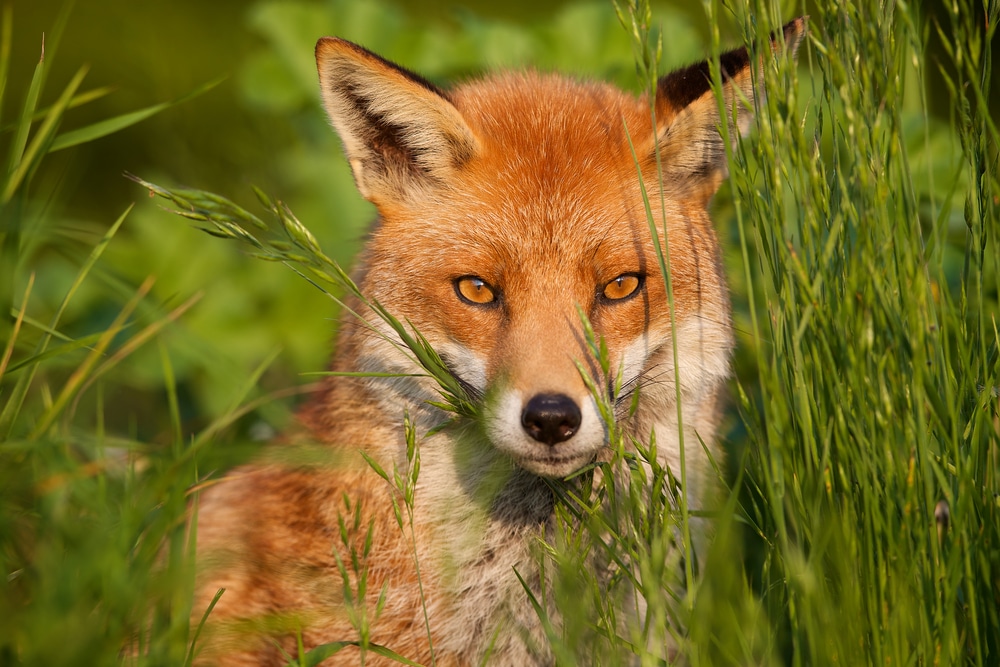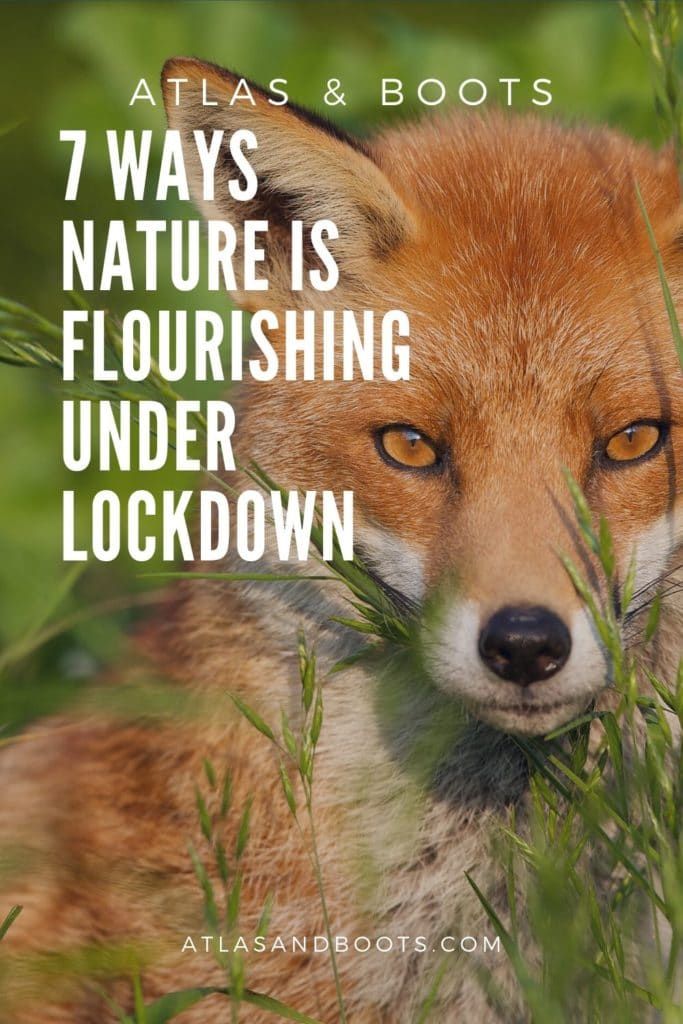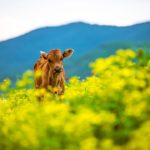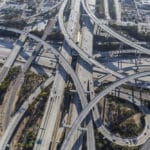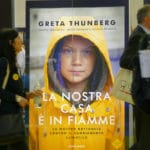The current pandemic has had a devastating effect worldwide but there are some glimmers of light
Human impact on wildlife is almost certainly to blame for the spread of Covid-19, say scientists. The virus is thought to have originated in bats with other wild animals such as pangolins also likely playing a role in its transmission to people.
Humankind’s relentless incursion into areas of nature that should be off-limits puts the world at an increased risk of new diseases, say scientists from the Royal Society.
In a perfect world, wild animals such as bats and pangolins would never come into contact with humans. Due to hunting, trade and habitat loss, however, the natural boundaries between humans and animals have blurred.
One positive is that during lockdown, road traffic has decreased, fossil fuel emissions are falling and air pollution has plummeted – all giving nature some much-needed breathing space.
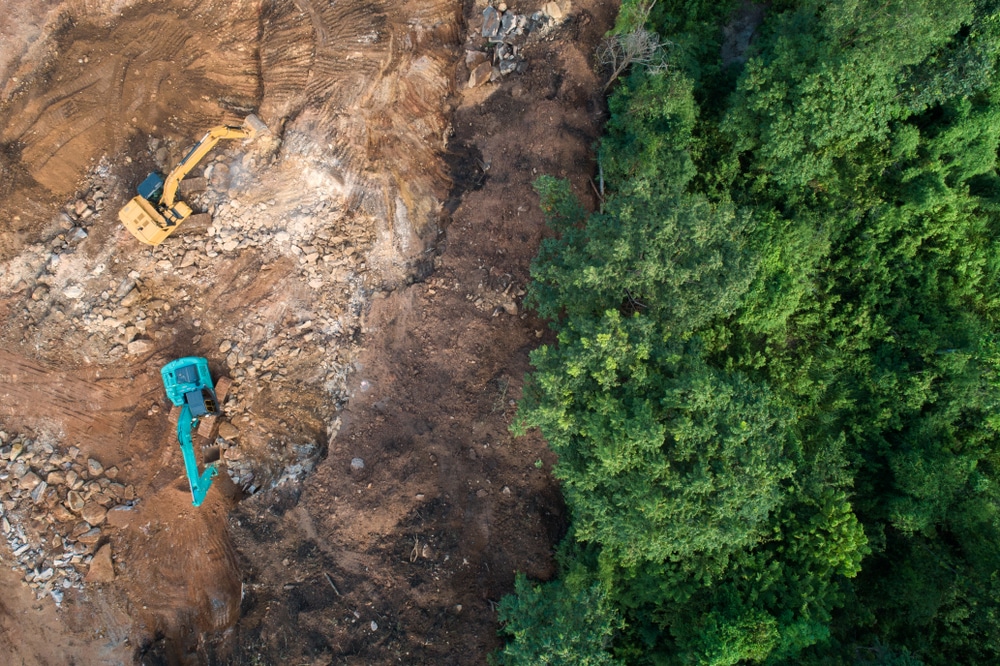
Another potential positive is that the pandemic may prove to be a watershed moment for curbing the global wildlife trade and will hopefully lead to a wider ban on live wildlife markets, illegal trafficking and poaching.
It’s particularly comforting to take a step back and observe elements of nature flourishing in this slower and quieter world.
1. The Himalayas reappear as India’s smog clears
Residents of Jalandhar in the North Indian state of Punjab are appreciating a generation’s first views of the Indian Himalayas, the Times reports. Currently, 1.3 billion people are in lockdown in India to halt the spread of coronavirus.
This was the view from our rooftop at home in Punjab India. For the first time in almost 30 years could clearly see the Himalayas due to India’s lockdown clearing air pollution. Just amazing! 🙏🏽 pic.twitter.com/WmWZYQ68lC
— Manjit K Kang #StayHomeSaveLives (@KangManjit) April 3, 2020
The downturn in traffic and congestion has triggered a decline in the country’s notorious air pollution. For over 30 years the mountains have been veiled by the smog that entombs the city.
Local residents have posted pictures on social media of the mountain range – approximately 200km away – with some seeing the landscape for the first time in their lives.
2. Moles spotted above ground hunting for worms
Moles were some of the first animals in the UK to enjoy new freedoms as humans lost theirs. They were spotted clambering above ground to hunt for worms during the first days of the lockdown. With footpaths, recreation grounds and nature reserves seeing significant reductions in visitors, moles quickly became emboldened.
Social distancing day 3: went birding around @uniofeastanglia campus and stumbled across this mole foraging above ground! Very cool to witness. pic.twitter.com/FlcYy0C9pH
— Ryan Brock (@RBrock94) March 21, 2020
It is not just moles that are enjoying the depopulated landscapes; there are stories of oystercatchers nesting on deserted beaches and an increase in animals such as sparrowhawks, stoats and deer enjoying the solitude of once popular trails.
3. Venice canals recover as tourism shuts down
With cruise ships gone and souvenir stalls closed, the lockdown has transformed the iconic Italian city of Venice. The usually murky canal waters have cleared, revealing the sandy Venetian Lagoon bed along with shoals of fish, crabs and plant-life.
Furthermore, cormorants have returned to dive for fish they can now see and ducks have nested in deserted piazzas. The city’s hundreds of canals are usually choked with speeding motorboat taxis, vaporetti waterbuses and tourist gondolas.
The ancient city was transformed practically overnight when it went into lockdown in early March, reports the Independent.
4. Lockdown boosts roadside wildflowers
Across the UK, non-essential services such as the cutting of roadside grass verges and parks have been sidelined so councils can redeploy ground staff to more essential services.
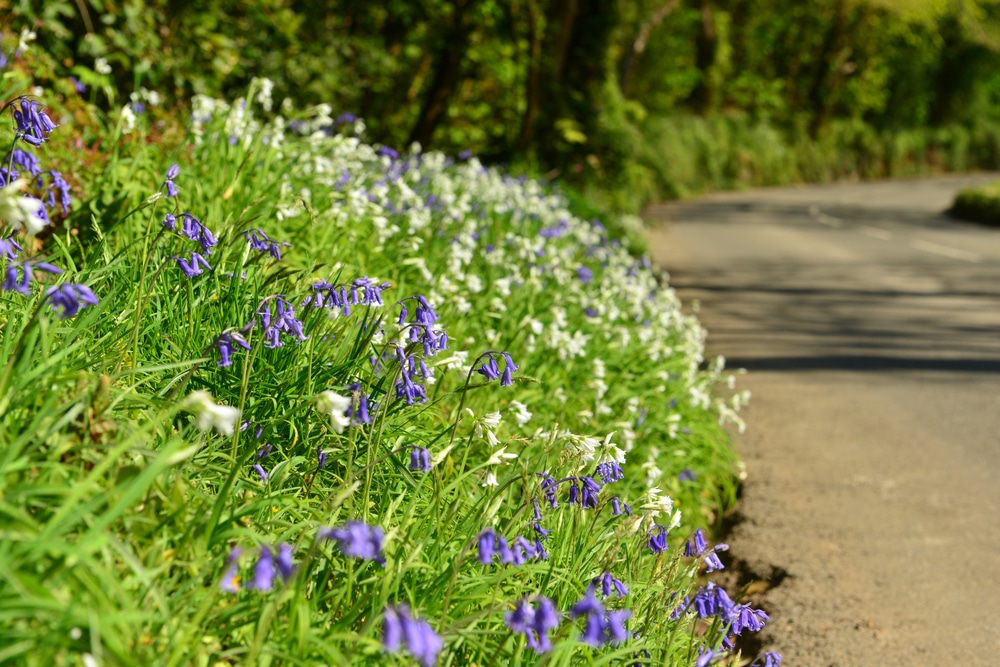
Trevor Dines from the charity Plantlife told BBC News: ‘We have seen an upsurge in members of the public complaining that their councils are cutting the daisies. These sort of comments used to be outweighed by people complaining about untidy grass verges, but it seems as though the balance has shifted.’
The charity has now launched a campaign calling for cutting regimes to be reduced from four cuts a year to two, giving road verge flowers a chance to flourish which in turn would help address the declining bee population.
5. Emboldened wild animals venture into the world’s deserted cities
Pumas in Santiago in Chile, wild turkeys in California in the USA, deer wandering through the city streets and subway stations of Nara in Japan and raccoons enjoying the empty beaches of San Felipe in Panama are just some of the reports of creatures making their way into urban settings they would usually avoid.
As humans around the world have been forced to retreat inside, animals have emerged into our urban areas. The pandemic provides a global experiment into how animal behaviour might change in the absence of humans.
6. Shutdown allows keepers ‘quality time’ with animals
Keepers at Woodside Wildlife Park in the UK say they are enjoying spending more ‘quality time’ with their animals during the pandemic. The park has been shut to visitors since the government introduced a lockdown.
Staff are continuing to work throughout the lockdown, caring for the park’s dozens of animals which include otters, red pandas, wolves, penguins and crocodiles.
‘[It] is just nice to be able to spend a bit more quality time with the animals,’ says keeper Alex Ward.
7. Easier to spot native mammals
As the UK entered its fourth week of lockdown, traditionally shy and reclusive native mammals have grown in confidence, venturing into areas and during periods of the day they would usually avoid.
With fewer people in urban environments and much less traffic on the country’s roads, animals such as foxes, badgers and hedgehogs have been spotted more regularly across the UK.
Enjoyed this post? pin it for later…
Underland takes readers on a journey into the worlds beneath our feet. From the ice-blue depths of Greenland’s glaciers, to the underground networks by which trees communicate, from Bronze Age burial chambers to the rock art of remote Arctic sea-caves, this is a deep-time voyage into the planet’s past and future.
